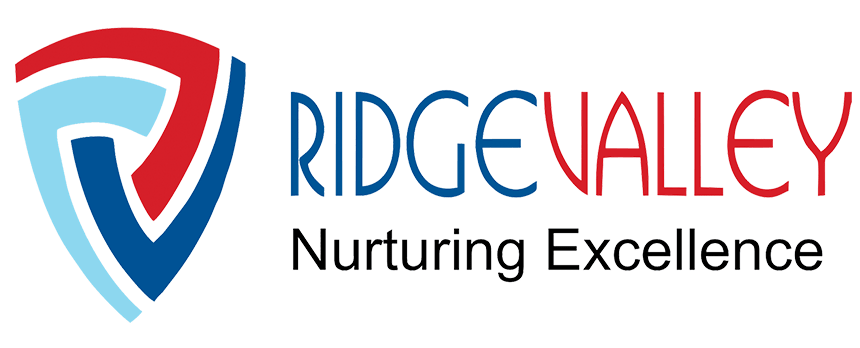Introduction:
In recent years, educational institutions have increasingly recognized the importance of providing dynamic, flexible spaces that foster creativity, innovation, and engagement. At Ridge Valley, the Top Schools in Gurugram where these traditional classrooms, while essential for structured learning, cannot fully support the diverse needs of today’s students. As such, many schools are transforming outdoor learning zones into vibrant innovation hubs, allowing students to learn beyond the four walls and immerse themselves in interactive, hands-on experiences.
This shift in educational practices is driven by the understanding that outdoor environments can significantly enhance learning outcomes. Studies have shown that students who spend time in outdoor classrooms exhibit improved cognitive function, better problem-solving abilities, and heightened creativity. By incorporating these outdoor spaces into the curriculum, schools can better prepare students for the challenges of the future.
About Us:
At Ridge Valley School, we believe in bridging the gap between traditional classrooms and innovative learning environments. Our outdoor learning zones are more than just spaces for recreation—they are transformed into dynamic innovation hubs that foster creativity and problem-solving. These spaces encourage hands-on learning experiences, where students engage in real-world projects, collaborate with peers, and explore the world beyond textbooks. By integrating nature with education, we ensure that students can interact with their surroundings, making learning immersive and inspiring. These outdoor zones allow our students to experience a different approach to education, enhancing their curiosity and preparing them for the challenges of tomorrow.
Why Outdoor Learning Zones Matter
Outdoor learning spaces are not just about providing fresh air and a change of scenery. They offer numerous benefits that enhance both the learning experience and the well-being of students. These spaces are more conducive to active learning, where students can engage in experiential education, such as scientific experiments, environmental studies, and collaborative projects.
-
Enhanced Creativity and Problem Solving:
Innovation thrives in environments that encourage curiosity and experimentation. By integrating outdoor learning zones into the curriculum, students are able to step outside the conventional classroom structure and engage with real-world challenges. Whether it’s exploring the natural environment, conducting hands-on experiments, or brainstorming ideas in a collaborative setting, these spaces allow students to think outside the box. -
Physical and Mental Health Benefits:
Access to outdoor spaces has been proven to reduce stress, improve mood, and increase focus. The ability to take short breaks and move around the space enables students to release pent-up energy, which in turn improves their concentration and learning outcomes. Moreover, outdoor spaces encourage physical activity, which is essential for promoting a healthy lifestyle. -
Connection to Nature:
Incorporating nature into education not only enhances the learning experience but also fosters a deeper appreciation for environmental sustainability. Students who engage with nature are more likely to develop a sense of responsibility toward the environment, preparing them to become mindful citizens who can tackle global challenges such as climate change.
Key Elements of Outdoor Learning Zones
To effectively transform outdoor learning zones into innovation hubs, several key elements need to be incorporated into the design and implementation process. These elements must support various learning styles and cater to different educational objectives.
-
Flexible Learning Spaces:
Outdoor learning zones should feature flexible seating arrangements and open spaces that can be easily adapted to different learning activities. For example, outdoor classrooms can include moveable seating, tables, and benches that can be rearranged to accommodate group discussions, collaborative projects, or individual study. This flexibility allows students to engage in a variety of activities, from hands-on experiments to creative brainstorming sessions. -
Technology Integration:
While outdoor learning zones are naturally focused on hands-on, experiential learning, it is essential to integrate technology into these spaces. Schools can equip outdoor areas with wireless internet access, tablets, and other tools that allow students to access digital resources and connect with experts. By blending traditional learning with modern technology, schools can create innovative environments that encourage research, creativity, and critical thinking. -
Collaborative Workspaces:
Innovation thrives when students work together to solve problems and create new ideas. Outdoor learning zones should be designed with collaborative workspaces that encourage teamwork and collective problem-solving. These spaces can be equipped with whiteboards, large screens, and interactive tools that enable students to share ideas and collaborate on projects in real time. -
Nature-Based Learning Opportunities:
Outdoor classrooms provide an excellent opportunity for nature-based learning, where students can explore the natural environment and gain hands-on experience in subjects like biology, ecology, and environmental science. Whether it’s studying local flora and fauna, conducting outdoor science experiments, or learning about sustainability practices, nature-based learning fosters a deeper understanding of the world around us.
The Role of Educators in Outdoor Learning Spaces
For outdoor learning zones to be truly effective, educators must embrace new teaching methods that support the innovative potential of these spaces. Traditional teaching methods may not always be suitable for outdoor learning environments, so teachers must be flexible and adaptable in their approach.
-
Encouraging Active Learning:
Teachers must design lessons that actively engage students in outdoor environments. This could involve incorporating project-based learning, field trips, or collaborative activities that encourage students to explore, experiment, and apply their knowledge in real-world contexts. By shifting away from passive learning and embracing active participation, educators can help students develop the critical thinking and problem-solving skills necessary for success in the 21st century. -
Facilitating Inquiry-Based Learning:
Outdoor learning zones provide an ideal environment for inquiry-based learning, where students are encouraged to ask questions, explore concepts, and seek solutions. Teachers can act as facilitators, guiding students through investigations, discussions, and experiments that encourage curiosity and independent thinking. This method of learning empowers students to take ownership of their education and fosters a love for lifelong learning. -
Fostering Collaboration and Teamwork:
Educators should also emphasize the importance of collaboration in outdoor learning spaces. Group projects, team-building exercises, and collaborative problem-solving activities help students develop interpersonal skills and learn how to work effectively with others. By promoting collaboration, educators can prepare students for the cooperative work environments they will encounter in their professional lives.
Challenges and Considerations
While the benefits of transforming outdoor learning zones into innovation hubs are clear, there are several challenges that schools must address in order to create these spaces successfully.
-
Weather Conditions:
Outdoor learning spaces are naturally subject to weather conditions, which can sometimes limit their use. Schools must consider how to make these spaces usable in all weather conditions, such as by incorporating shaded areas, weather-resistant furniture, and retractable roofs. Additionally, schools can create a balance between indoor and outdoor learning by offering flexible spaces that allow for easy transitions between the two environments. -
Safety and Accessibility:
Ensuring the safety and accessibility of outdoor learning zones is paramount. Schools must implement appropriate safety measures, such as ensuring that outdoor spaces are free from hazards, providing clear signage, and offering access to first-aid kits. Furthermore, these spaces should be accessible to all students, including those with disabilities, ensuring that everyone has the opportunity to engage in outdoor learning experiences. -
Curriculum Integration:
For outdoor learning zones to be truly effective, they must be seamlessly integrated into the curriculum. Schools should design outdoor activities that align with educational objectives and contribute to students’ overall learning goals. This requires careful planning and collaboration between educators, administrators, and curriculum designers to ensure that outdoor learning experiences complement classroom instruction.
The Future of Education: Innovating Beyond the Classroom
As schools continue to evolve and adapt to the needs of the modern world, transforming outdoor learning zones into innovation hubs will play a critical role in shaping the future of education. These spaces offer endless opportunities for creativity, collaboration, and hands-on learning, helping students develop the skills they need to thrive in an ever-changing world.
The transformation of outdoor spaces into innovation hubs is a reflection of the shift toward student-centered, experiential learning. By embracing outdoor learning zones, schools can provide students with the tools, experiences, and knowledge they need to succeed in the future, while also nurturing their creativity, critical thinking, and problem-solving abilities.
Conclusion:
Transforming outdoor learning zones into innovation hubs is an exciting and necessary evolution in the education sector. At Ridge Valley, the best School in Gurugram where by offering flexible, dynamic, and nature-based learning environments, schools can foster creativity, enhance learning outcomes, and prepare students for the challenges of tomorrow. With the right approach, outdoor spaces can become powerful tools for innovation, helping students reach their full potential and become the leaders of the future.
By reimagining education spaces and encouraging active, collaborative, and inquiry-based learning, educational institutions are paving the way for a brighter and more innovative future. Schools that embrace this transformation are not only setting the stage for academic success but also for the development of future leaders, innovators, and problem-solvers.
FAQs:
Q1: How can outdoor learning zones enhance creativity in students?
Outdoor learning zones encourage hands-on, experiential learning, which sparks creativity. When students interact with nature or new environments, it promotes free thinking and problem-solving, making learning more exciting and memorable.
Q2: What are the key benefits of using outdoor spaces for learning?
Outdoor learning provides mental and physical health benefits, boosts focus, and promotes teamwork. It also enhances cognitive function and environmental awareness, making learning engaging and holistic.
Q3: Can outdoor learning zones be used in all subjects?
Yes! Outdoor learning zones are versatile, ideal for subjects like science, geography, arts, and even language arts. Students can conduct experiments, explore nature, or create art outdoors to bring subjects to life.
Q4: How do outdoor spaces improve student well-being?
Access to nature reduces stress, improves mood, and increases focus. The open, fresh-air environment helps boost energy, which is key to maintaining mental health and improving overall well-being.
Q5: How do you ensure safety in outdoor classrooms?
Ensuring safety involves proper equipment, clear boundaries, and ongoing supervision. Well-planned outdoor spaces minimize hazards while still promoting exploration and active learning.
Q6: Can outdoor learning zones support team collaboration?
Absolutely! Group activities in outdoor spaces promote communication, teamwork, and problem-solving, all while providing a relaxed and open setting for collaborative learning.










